

Here’s a thoughtful set of critical reflection questions you can use to evaluate and enrich cultural displays in your service.
This template offers a list of questions to select the cultural and special events to celebrate at your service.
When celebrations are well thought out—integrating community input, respecting complexity, and linking meaningfully with the curriculum—they transform into powerful learning experiences. But when they become obligatory, surface-level gestures, they risk doing more harm than good by trivializing cultural significance. Here are some reflective questions you can ask to guide your decision on which significant cultural event to celebrate in an early childhood setting.
The following article lists 20 Cultural Games, Instructions For Each Game, Benefits Of Teaching Children These Games, Linking To The EYLF and more.
Incorporating cultural texts into nursery rhymes is a fantastic way to celebrate diversity and introduce children to different cultures. The following article provides information on The Importance To Incorporate Cultural Text Into Nursery Rhymes, Steps To Incorporate Cultural Texts, Example Adaptions, and more.
There is enough evidence in the history of the world to show the steep cost that societies pay when racism in its processes and institutions is not addressed and combated. In Australia, all early childhood learning frameworks mandate that all children should feel safe, secure and supported in their learning environment. Additionally, learning frameworks are underlined by the principle of respect for diversity in all forms. The following article provides strategies to ensure zero tolerance for racism in early childhood settings.
Anti-bias experiences are about guiding children to be able to think about and have words for how people are the same and how they are different. It includes helping children feel and behave respectfully, warmly, and confidently with people who are different from themselves. It includes encouraging children to learn both about how they are different from other children and about how they are similar.
Learning environments are spaces that facilitate the all-round development of children through developmentally appropriate routines, program plans, tools as well as opportunities for play and exploration. The indoor environment, playground, outdoors are some common learning environments that should be welcoming and understanding of the needs, backgrounds and abilities of all children.
The Seven Wonders Of The World Information Posters, provides information about each of the seven wonders of the world. They can be used as a display within the learning environment or to start conversations and spark interests with children.
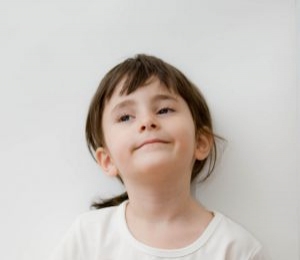 Open ended questions cannot be responded to with one word answers such as yes or no. These types of questions enables a child to provide… Read More
Open ended questions cannot be responded to with one word answers such as yes or no. These types of questions enables a child to provide… Read More
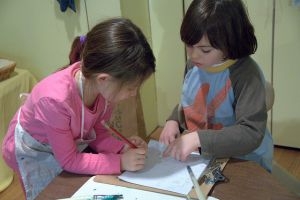 During your child’s preschool years, an important milestone begins to emerge. This is the development of pre-writing skills. Pre-writing skills are used to encourage, develop… Read More
During your child’s preschool years, an important milestone begins to emerge. This is the development of pre-writing skills. Pre-writing skills are used to encourage, develop… Read More
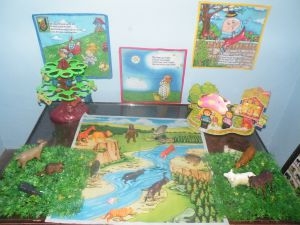 Open ended materials enables children to play freely. They are objects that have no rules to follow, use or function. Raw materials that can be… Read More
Open ended materials enables children to play freely. They are objects that have no rules to follow, use or function. Raw materials that can be… Read More
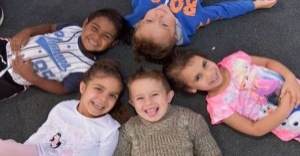 An Acknowledgment of the Country is a way of showing respect for the Traditional Owners and can be given by both non-Indigenous people and Aboriginal… Read More
An Acknowledgment of the Country is a way of showing respect for the Traditional Owners and can be given by both non-Indigenous people and Aboriginal… Read More
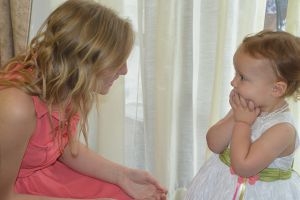 Language plays an important role in a child’s development. It enables a child to communicate effectively with their family, learn at school, socialize with friends,… Read More
Language plays an important role in a child’s development. It enables a child to communicate effectively with their family, learn at school, socialize with friends,… Read More
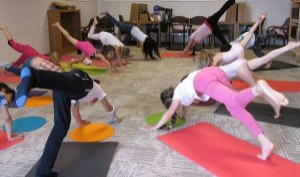 Like adults, children have to deal with their own stress in life. Moving house, starting a new school, preparing for a new sibling - these are… Read More
Like adults, children have to deal with their own stress in life. Moving house, starting a new school, preparing for a new sibling - these are… Read More
 Playdough is such a versatile material. It provides numerous benefits to children as they manipulate it, it is safe and soothing and provides children with… Read More
Playdough is such a versatile material. It provides numerous benefits to children as they manipulate it, it is safe and soothing and provides children with… Read More
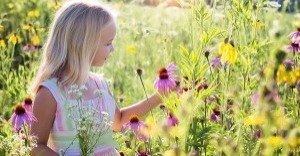 Teaching children about sustainability enables them to appreciate and respect the natural environment. Early childhood services can provide meaningful hand on learning experiences in order… Read More
Teaching children about sustainability enables them to appreciate and respect the natural environment. Early childhood services can provide meaningful hand on learning experiences in order… Read More
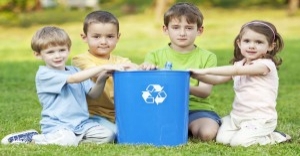 Recycling is an important concept that teaches children to care for the environment. It encourages children to be responsible and show a growing appreciating for… Read More
Recycling is an important concept that teaches children to care for the environment. It encourages children to be responsible and show a growing appreciating for… Read More
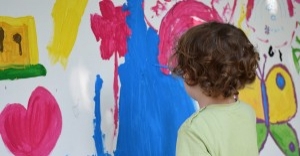 When children apply paint to paper, glue things together, or pound a lump of clay, they experiment with colour, shape design and texture.
Read More
When children apply paint to paper, glue things together, or pound a lump of clay, they experiment with colour, shape design and texture.
Read More
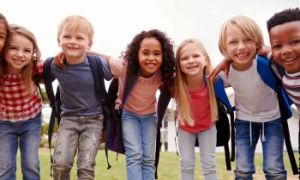
Anti-bias experiences support respecting, valuing and embracing diversity as well as fighting prejudice and inequality and...
See more...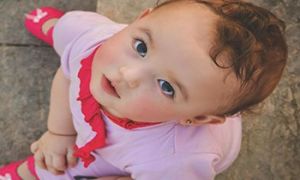
For babies, the Acknowledgment of Country is often expressed through sensory-rich, rhythmic, and visual experiences...
See more...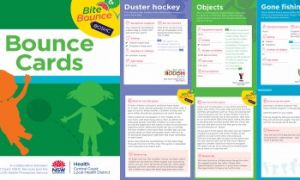
Bounce Cards are designed for OSHC Educators to go with you, wherever your OSHC children...
See more...© 2009-2025 Aussie Childcare Network Pty Ltd. All Rights Reserved.

